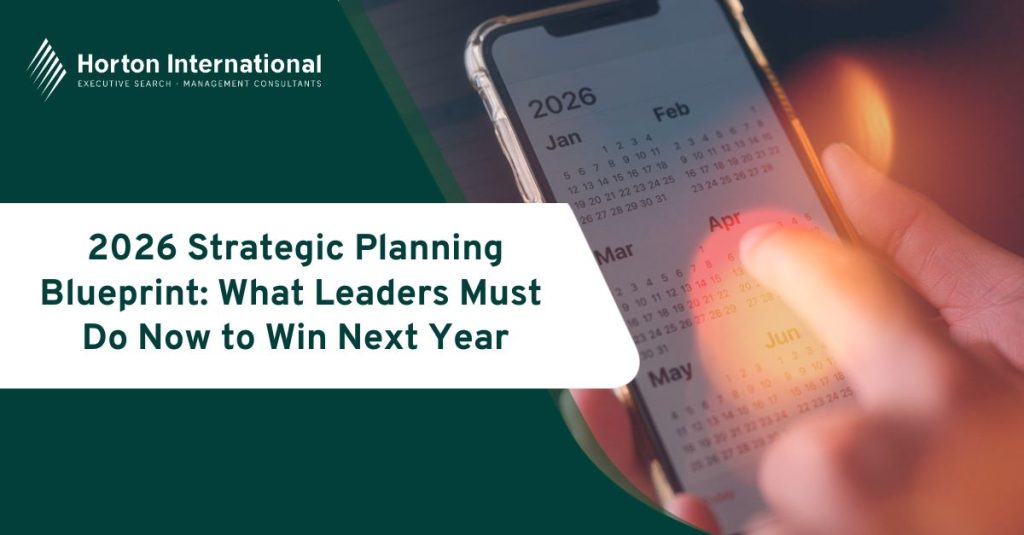As economic instability rises and political movements challenge previously established diversity, equity, and inclusion (DEI) norms, it becomes increasingly clear that LGBTQ+ workplace inclusion cannot be seen as optional. Even amid uncertainty, scaling back on DEI may compromise employee morale and damage the company’s standing with increasingly values-driven consumers. To keep consumer and employee trust high, they’ll have to forge ahead with courage – embracing a mandate to lead more boldly and strategically instead.
Leaders can sustain meaningful inclusion throughout turbulent times by embedding the right values into the heart of company operations. They can execute this target through good governance, connected culture, and measurable strategy.
This guide outlines key areas that the C-suite should focus on next – as well as what pitfalls they may need to navigate.
1. The Risks of DEI Rollbacks Are Real and Measurable
Cutting back on DEI leads to employee distrust, reputational risk, and long-term loss of innovation. Data shows these aren’t hypothetical concerns – 47% of LGBTQ+ workers have experienced discrimination at some point in their working lives, while 46% remain closeted at work, for fear of being passed over for advancement, or stereotyped.
Organisations that fail to invest adequately in LGBTQ+ inclusion during difficult times often pay the price down the line. Deciding to slash the budget for DEI is not only an ethical misstep, it’s a strategic mistake – companies with inclusive leadership have higher employee retention rates and outperform their peers in innovation too.
2. Make LGBTQ+ Inclusion a Mandatory Board-Level Commitment
Board-level DEI commitments are vital for long-term sustainability. LGBTQ+ inclusion can’t just be championed by HR or mid-level managers, as then it risks being deprioritised whenever budgets contract.
Leaders can solidify executive inclusion accountability by:
- Incorporating LGBTQ+ metrics into their board performance dashboards.
- Assigning an appropriate board member or DEI council to oversee LGBTQ+ diversity schemes.
- Commissioning annual reviews of LGBTQ+ corporate policy, benefits, and representation benchmarks.
If companies need inspiration there are some great organisational role models to note. Salesforce and Accenture both provide strong governance models, demonstrating that executive oversight can institutionalise inclusion.
3. Define a Clear LGBTQ+ Leadership Strategy
As of 2025, there’s still a glaring lack of LGBTQ+ leaders in the C-suite. Just three Fortune 500 CEOs identify as being openly LGBTQ+ – Apple’s Tim Cook, Dow’s Jim Fitterling, and Land O’Lakes’ Beth Ford.
Any LGBTQ+ leadership strategy that aims to increase representation should include:
- Savvy succession planning that adequately supports LGBTQ+ talent.
- Mentoring and sponsorship programs connecting ERGs to executive leaders.
- Visibility campaigns that shine the spotlight on LGBTQ+ executives and their allies.
Taking the above approaches will help organisations nurture a continual talent pipeline, while promoting the message that LGBTQ+ professionals should see themselves in leadership roles.
4. Embed LGBTQ+ Inclusion throughout Corporate Policy
Policy comprises the backbone of workplace equality as it’s the basis upon which decisions are made – choices that will ripple through the entire business, as well as its operations.
Employers must embed a robust LGBTQ+ corporate policy framework company-wide. This needs to stand strongly against discrimination, as well as provide the proper support to diverse and minority groups.
Companies need a policy that offers their LGBTQ+ employees:
- Firm anti-discrimination protections based on sexual orientation and gender identity.
- Trans-inclusive healthcare, including gender-affirming treatments.
- Paid family leave, inclusive of all family types, not just the traditional model.
- Clearly laid out processes for making pronoun and name changes in HR systems.
At present, stats show that only 66% of Fortune 500 companies are offering comprehensive trans-inclusive benefits to their employees – but with gender-affirming treatment and trans-healthcare under attack, it’s crucial for boards to close the gap.
5. Place Executive Inclusion Accountability as a Priority
Executive inclusion accountability means going beyond tweaking optics, to where inclusion becomes a fundamental part of the organisation’s performances. Making inclusion an essential on executive scorecards will help make the shift from philosophy to practice.
Boards should implement
- Annual LGBTQ+ workplace inclusion goals set for all organisation leaders.
- Bonus eligibility that is closely tied to achieving measurable DEI outcomes.
- Mandatory DEI training, particularly on LGBTQ+ allyship and bias mitigation.
A 2024 Deloitte study revealed the rewards of taking an approach like this, finding that companies with inclusive leaders were 6x more likely to be innovative and 2x more likely to meet their financial goals.
6. Cultivate a Fully Inclusive Workplace Culture
Building a truly inclusive workplace culture means weaving LGBTQ+ inclusion into everyday experiences – not just keeping efforts limited to annual Pride campaigns. The workplace culture must also foster their employee’s sense of psychological safety, as this will allow them to show up authentically – and perform at their best.
Smart tactics to promote better inclusion include:
- Anonymous surveys that measure LGBTQ+ employees engagement and sense of belonging.
- Safe, private channels for reporting microaggressions or discrimination.
- Visible celebrations of intersectional identities all year round – not just during Pride.
The companies that have successfully managed to normalise inclusion as an ongoing cultural value, like Google, IBM and SAP, all have something in common – they’ve heavily invested all the year-round in their LGBTQ+ ERGs.
7. Monitor and Track LGBTQ+ Engagement and Retention
Leaders must consistently track LGBTQ+ engagement and retention with the same rigor as they do any other KPI.
Adequately monitoring LGBTQ+ metrics includes:
- Offering voluntary self-ID programs with privacy protection.
- Leveraging analytics to compare promotion rates, staff turnover, and employee engagement scores by LGBTQ+ status.
- Using ERG-led insights to improve the workplace policy and culture.
Without accurate data, organisations are flying blind, as there’s no way to monitor progress – or identify if the company has regressed. Leveraging data and analytics is an essential step in boosting DEI initiatives – McKinsey found that companies who track their diversity data were 2.6x more likely to improve inclusion outcomes.
8. Act Proactively, Not Performatively
Too many organisations mistake branding for belonging – but if they only practise performative support, without stepping up with a deeper commitment, they’ll be met with consumer backlash.
A GLAAD survey found that 78% of LGBTQ+ consumers have a strong distrust of brands that only engage in Pride campaigns, without committing to LGBTQ+ issues clearly all through the year. (GLAAD, 2023).
Also, due to improved scrutiny from human rights organisations such as the HRC, the company’s reputation will dip, further damaging trust. The HRC CEI now deducts points for companies that fund anti-LGBTQ+ policies and publishes its findings in regular reports.
9. Prep for Incoming Legal and Political Pushback
Anti-DEI sentiment is rising worldwide, with legislation being introduced that targets corporate DEI initiatives in the US, UK, as well as parts of the EU. To combat this giant step backwards, boards will need to develop rigorous legal and ethical response plans.
To combat the attack on DEI, the C-Suite must:
- Work with civil rights organizations to track the legal risk.
- Ensure company policies are aligned with international anti-discrimination law.
- Issue regular internal communications reaffirming the company’s support for LGBTQ+ employees, regardless of the political climate.
10. Sustain LGBTQ+ Inclusion Efforts Through Long-Term Investment
LGBTQ+ workplace inclusion isn’t a slogan – it’s a commitment boards must make. Leaders must make serious efforts to get the right strategy in place.
To make their inclusion efforts sustainable organisations will need to:
- Budget for long-term ERG support, LGBTQ+ leadership pipelines, and the ability to provide fully inclusive benefits.
- Integrate their LGBTQ+ strategy into ESG reporting and annual impact statements.
- Create 3–5 year DEI roadmaps with clearly defined milestones.
In the end, it’s consistency, not visibility, that will earn both consumer and employee trust, a major factor which contributes to brand credibility, which helps the organisation to expand.






